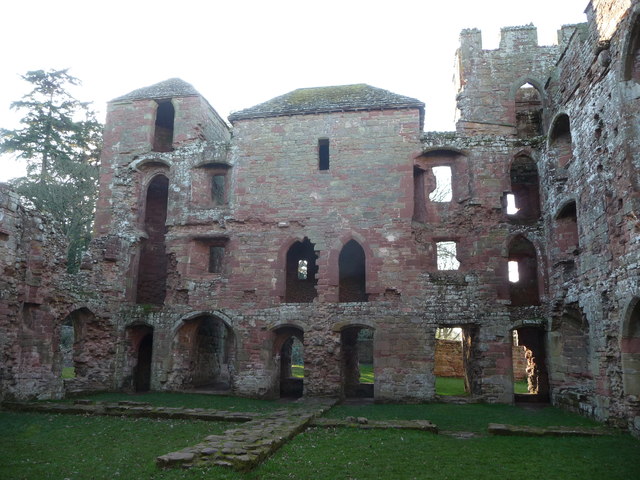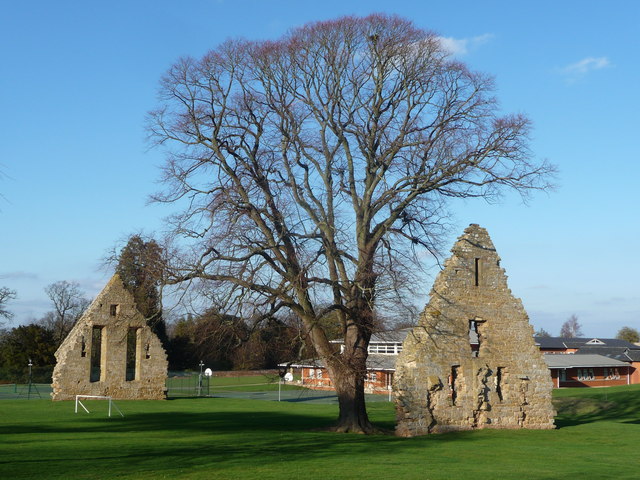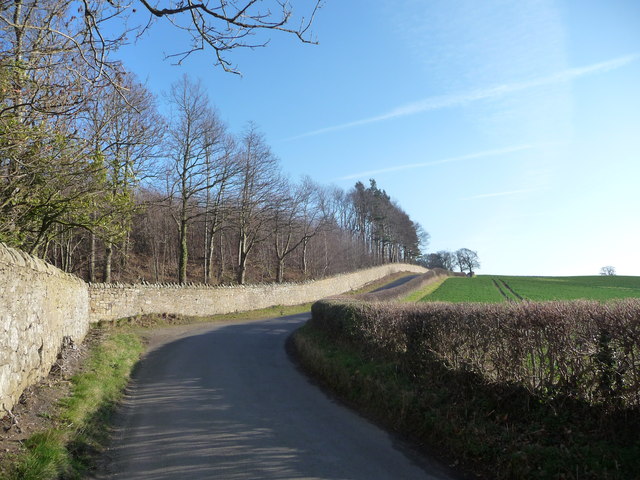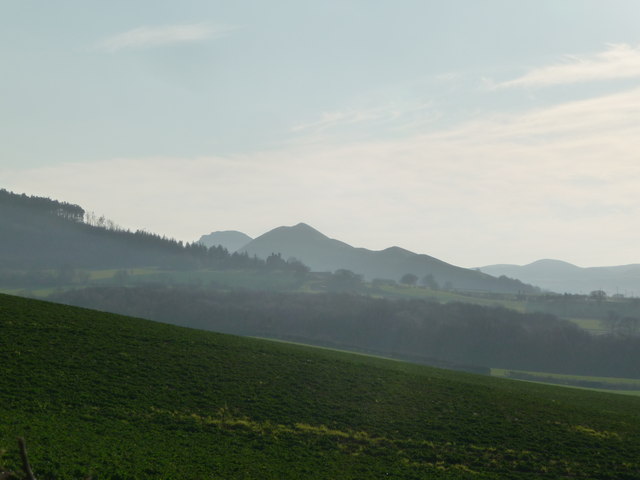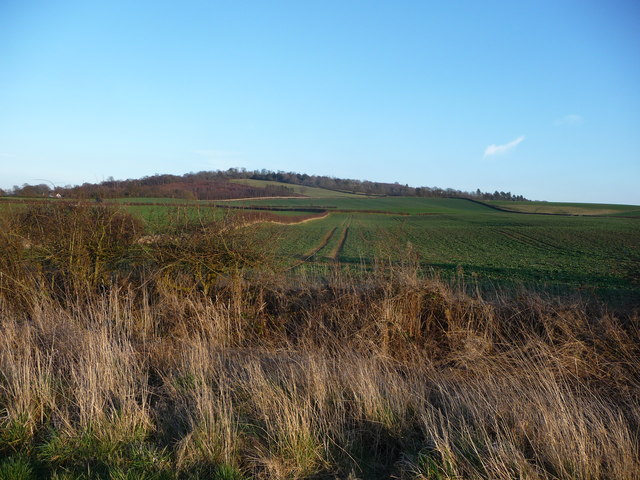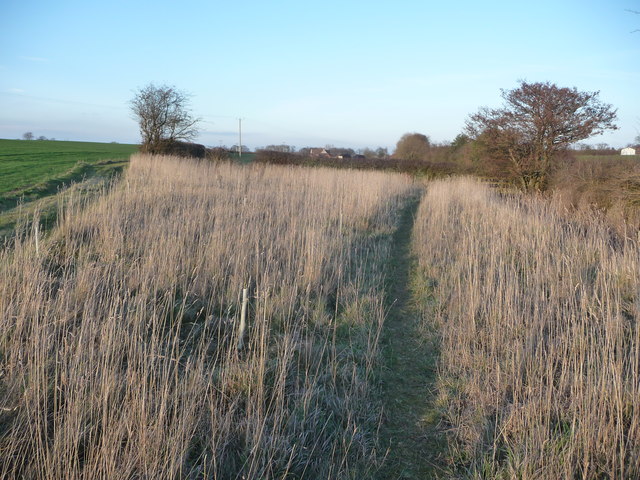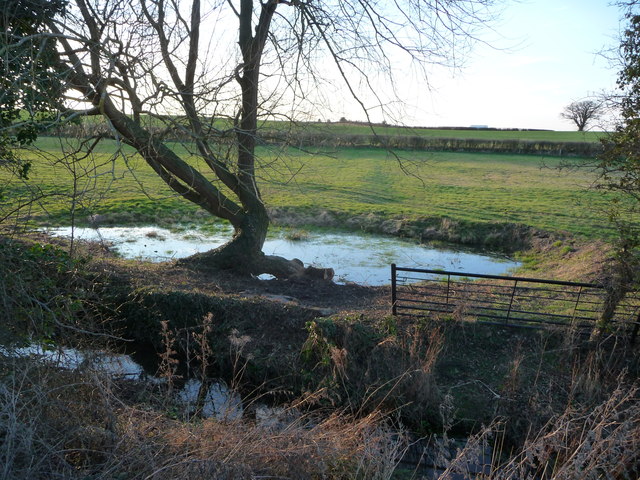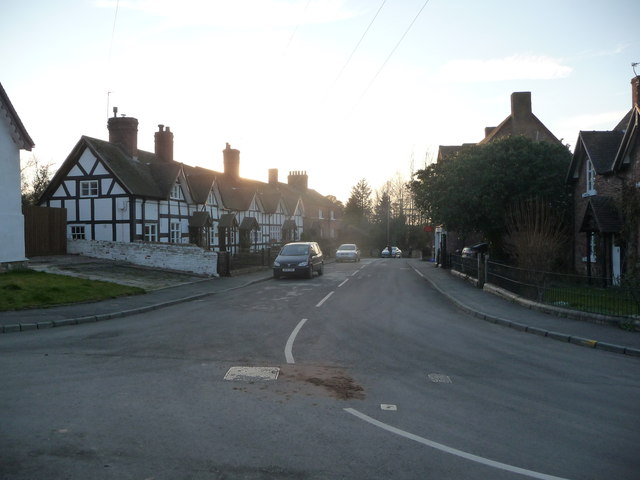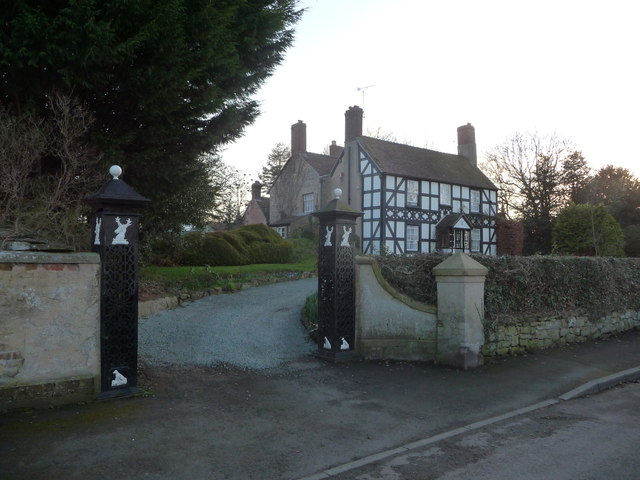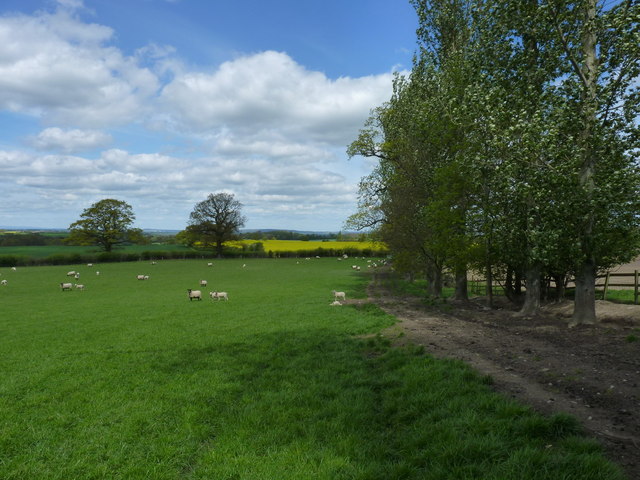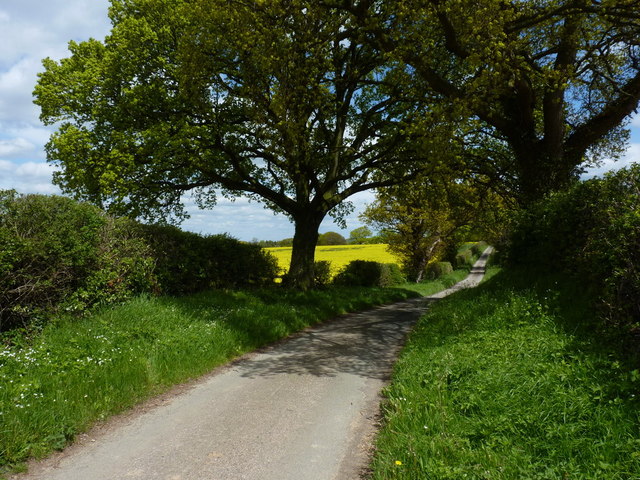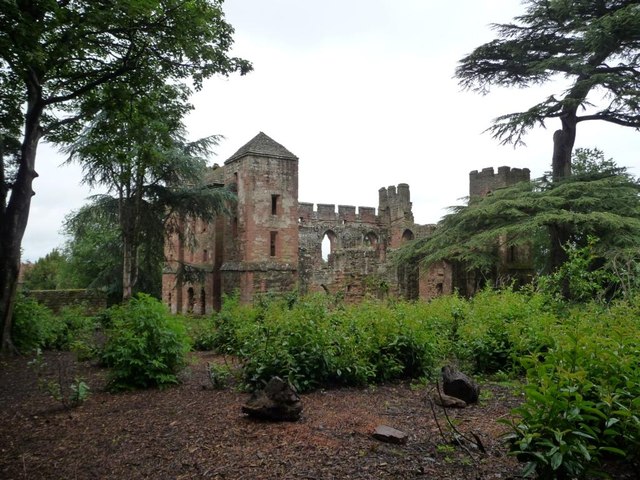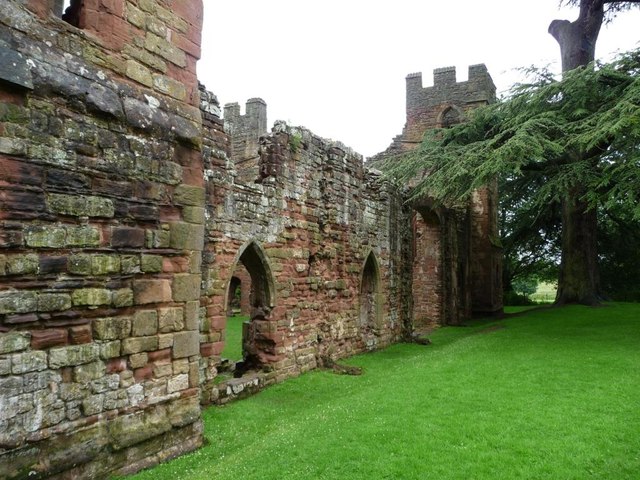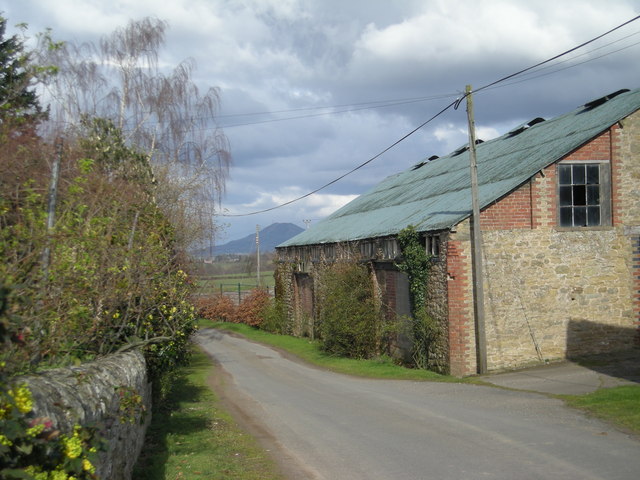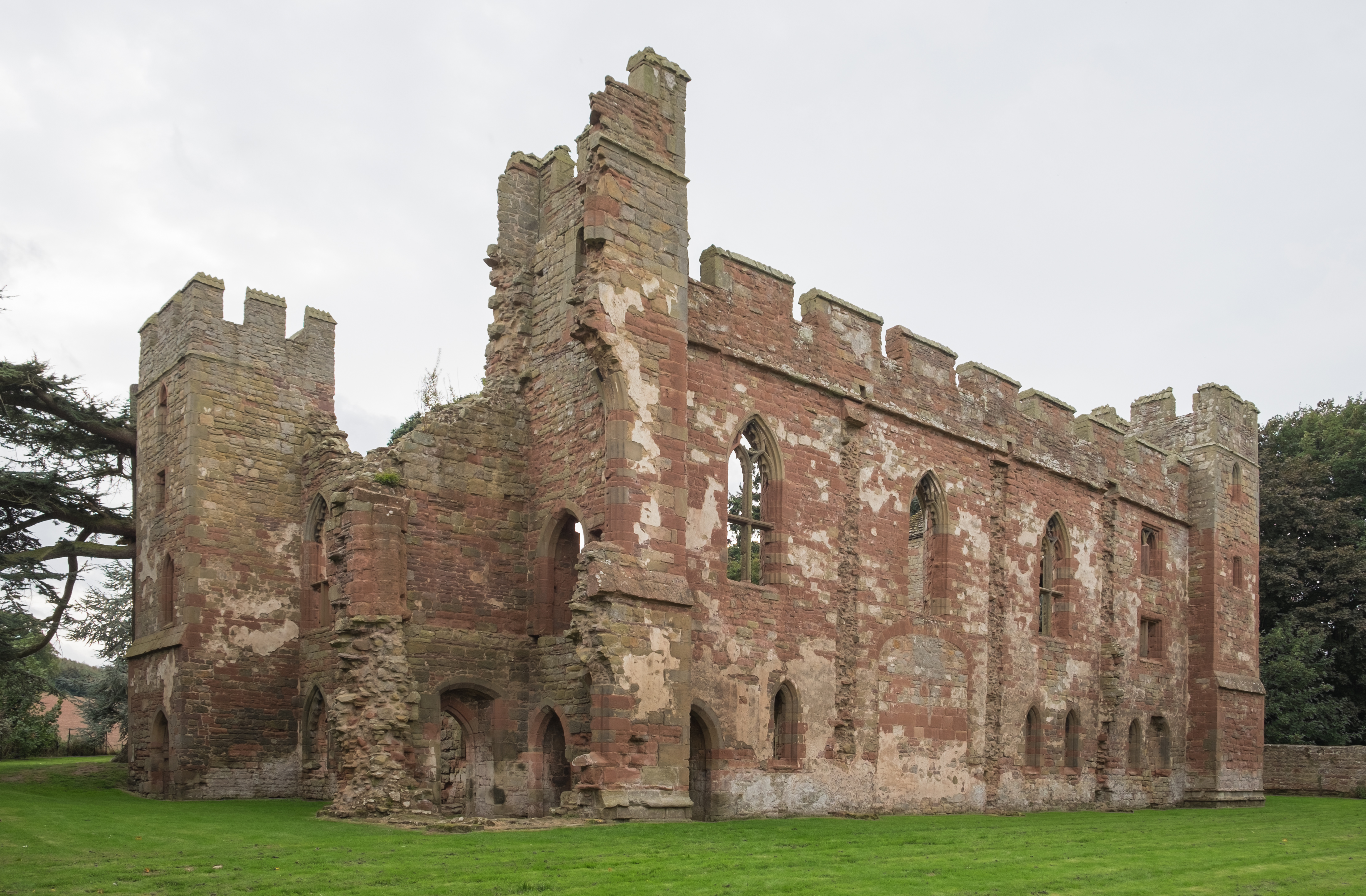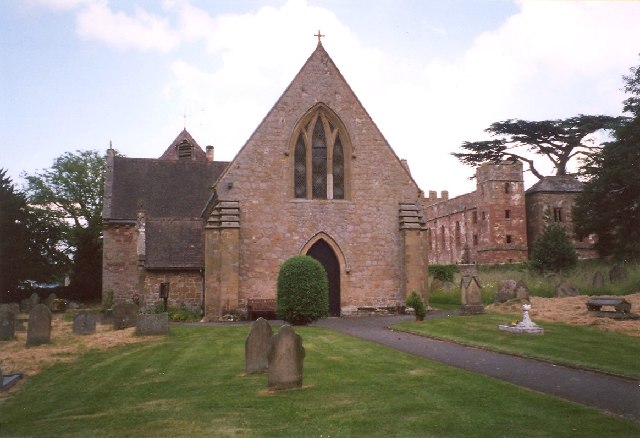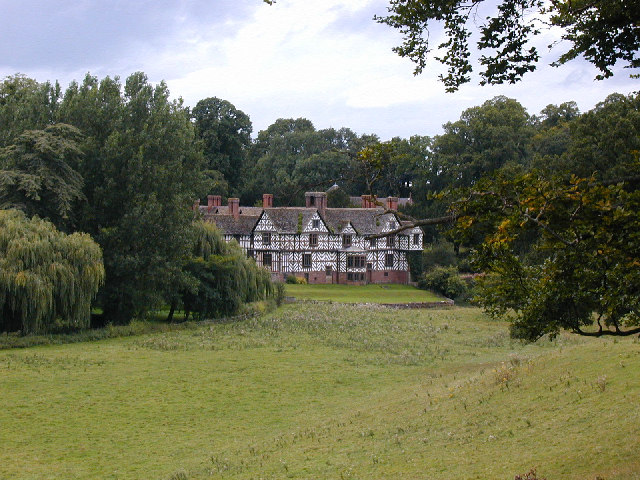Acton Pigott
Settlement in Shropshire
England
Acton Pigott
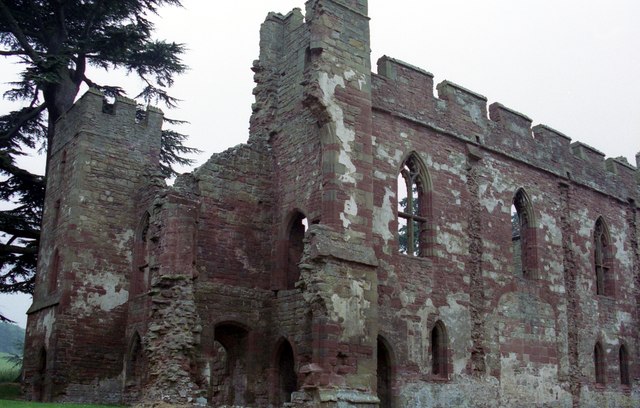
Acton Pigott is a small village located in the county of Shropshire, England. Situated about 8 miles southeast of the town of Shrewsbury, Acton Pigott is nestled in the picturesque countryside, surrounded by rolling hills and lush green fields.
The village is known for its charming and tranquil atmosphere, offering a peaceful retreat from the hustle and bustle of city life. With a population of just around 100 residents, Acton Pigott maintains a close-knit community feel, where neighbors often know one another and socialize regularly.
The village is primarily residential, comprised of a mix of traditional cottages and larger homes. Many of these properties boast well-maintained gardens and stunning views of the surrounding countryside. The village is dotted with quaint, historic buildings, including a beautiful 14th-century church called St. Mary's, which is a prominent feature of the village's skyline.
Although Acton Pigott is a small village, it benefits from its close proximity to larger towns and cities. Residents have easy access to amenities and services in nearby Shrewsbury, including shops, supermarkets, schools, and healthcare facilities. The village also enjoys good transport links, with several major roads connecting it to other parts of Shropshire and beyond.
For those seeking a peaceful rural lifestyle with the convenience of nearby amenities, Acton Pigott provides an idyllic setting in the heart of the Shropshire countryside.
If you have any feedback on the listing, please let us know in the comments section below.
Acton Pigott Images
Images are sourced within 2km of 52.620548/-2.677984 or Grid Reference SJ5402. Thanks to Geograph Open Source API. All images are credited.

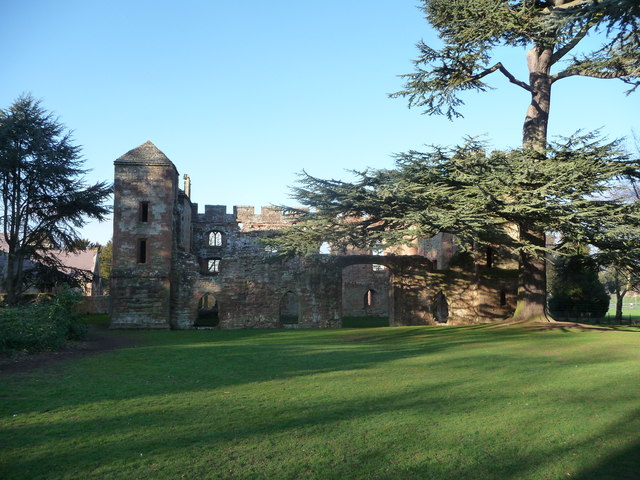
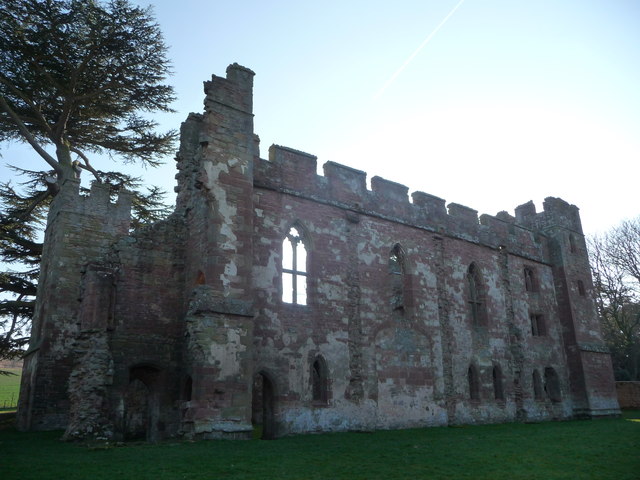
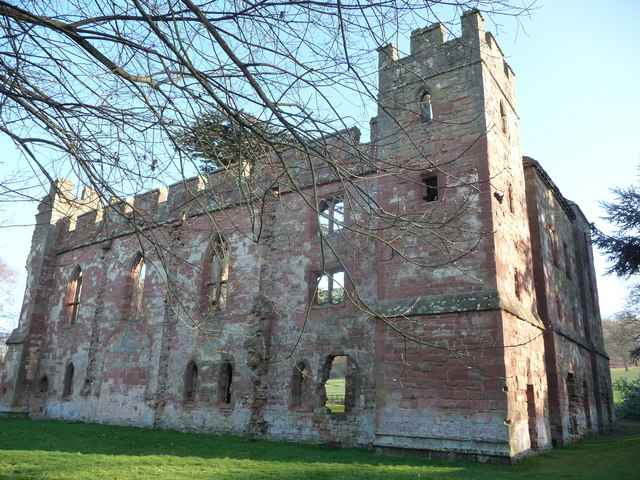
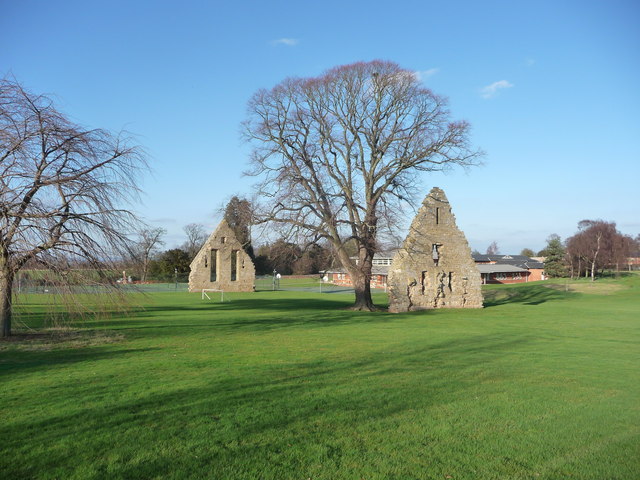
Acton Pigott is located at Grid Ref: SJ5402 (Lat: 52.620548, Lng: -2.677984)
Unitary Authority: Shropshire
Police Authority: West Mercia
What 3 Words
///visits.scars.propelled. Near Berrington, Shropshire
Nearby Locations
Related Wikis
Acton Pigott
Acton Pigott is a hamlet in the English county of Shropshire. It lies just outside the village of Acton Burnell. == See also == Listed buildings in Acton...
Acton Burnell Hall
Acton Burnell Hall is a 19th-century country house, now used as a private school, located near the village of Acton Burnell, Shropshire, England. This...
Concord College, Acton Burnell
Concord College is an independent co-educational international day/boarding school in Shropshire, England situated in the grounds of Acton Burnell Castle...
Acton Burnell Castle
Acton Burnell Castle is a 13th-century fortified manor house, located near the village of Acton Burnell, Shropshire, England (grid reference SJ534019)...
St Mary's Church, Acton Burnell
St Mary's Church is in the village of Acton Burnell, Shropshire, England, and stands near the ruins of Acton Burnell Castle. It is an active Anglican...
Acton Burnell
Acton Burnell () is a village and parish in the English county of Shropshire. Home to Concord College, it is also famous for an early meeting of Parliament...
Pitchford
Pitchford is a small village in the English county of Shropshire. It is located between Cantlop and Acton Burnell and stands on an affluent of the River...
Pitchford Hall
Pitchford Hall is a Grade I listed Tudor country house in the village of Pitchford, Shropshire, 6 miles south east of Shrewsbury. It was built c.1560 on...
Nearby Amenities
Located within 500m of 52.620548,-2.677984Have you been to Acton Pigott?
Leave your review of Acton Pigott below (or comments, questions and feedback).
